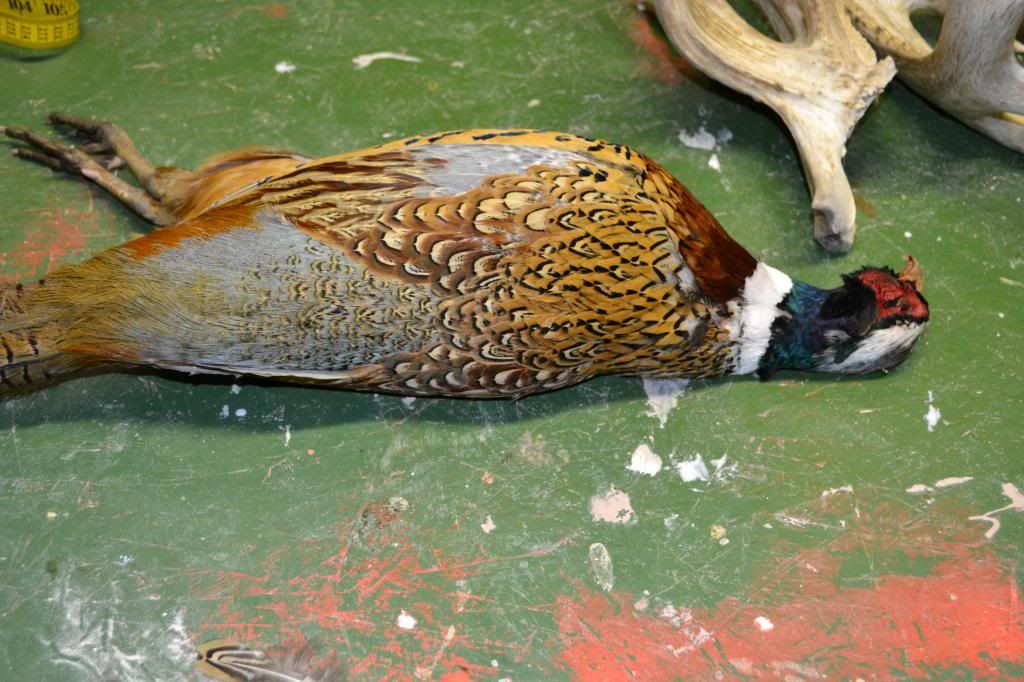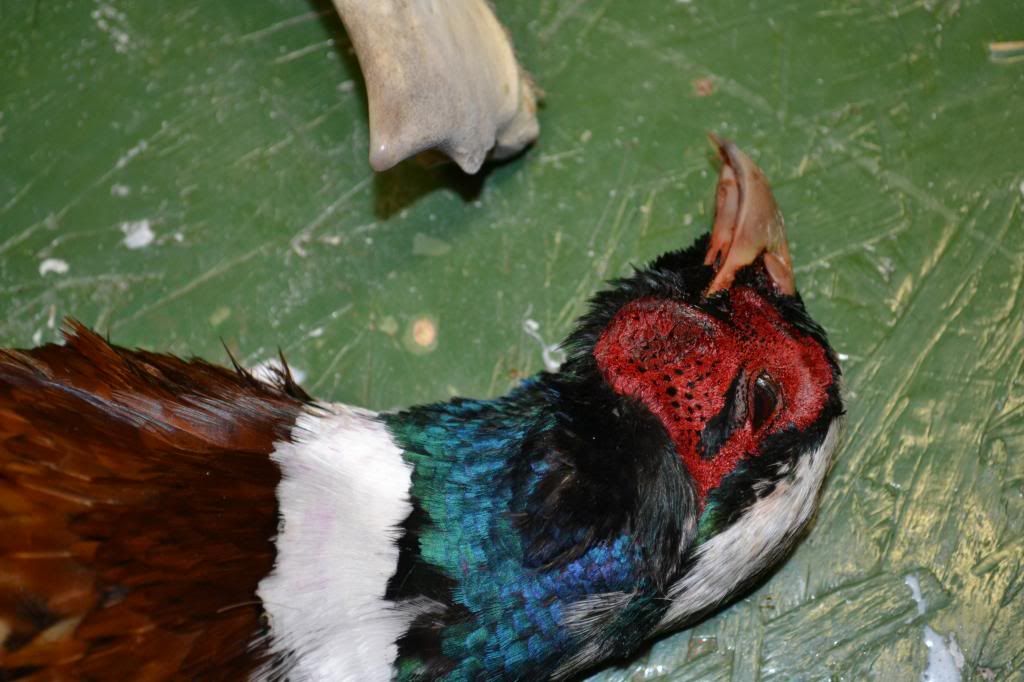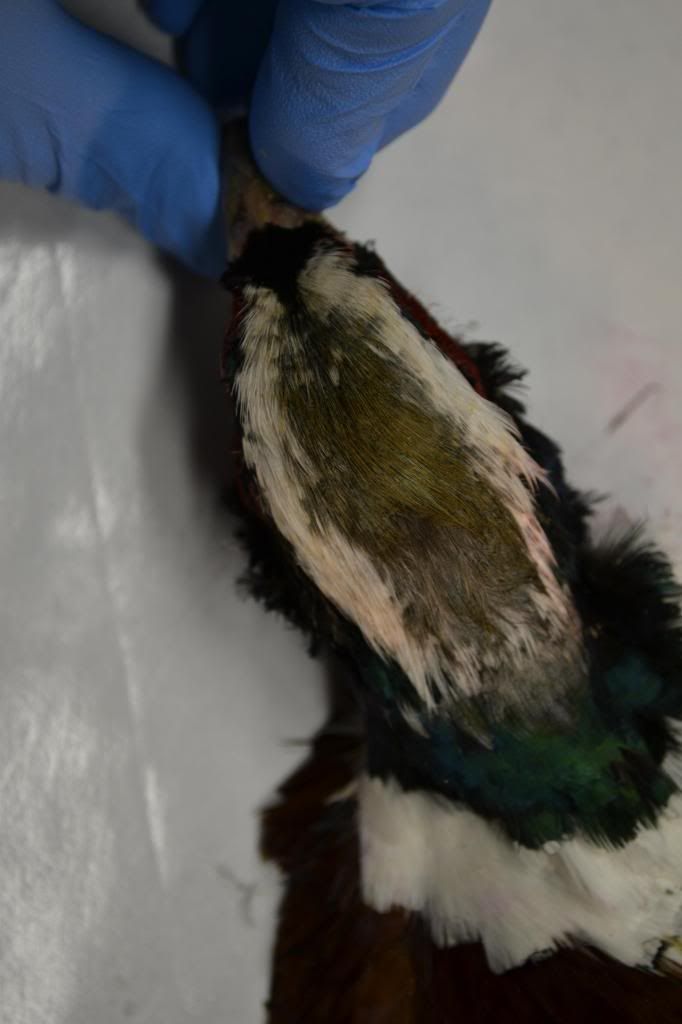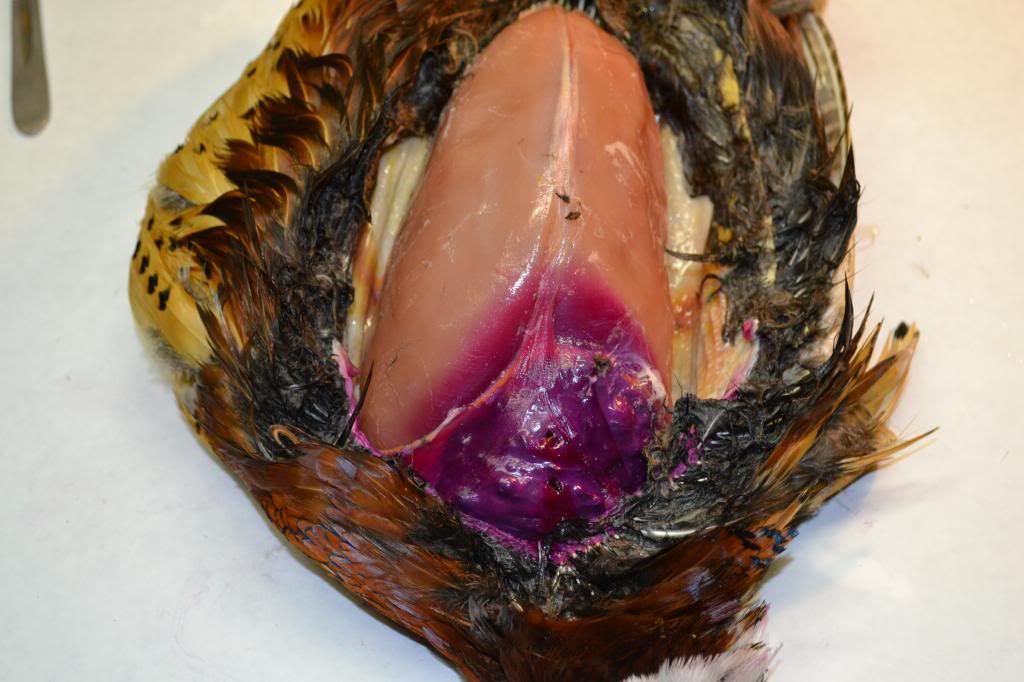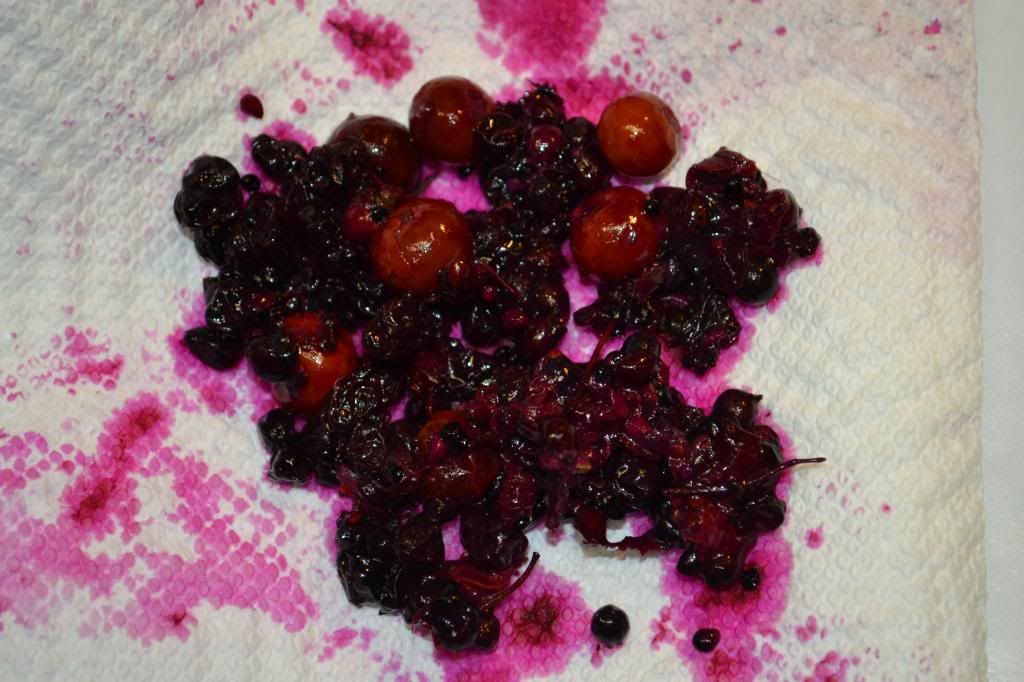1pheas4
Moderator
Does anyone know if West Virginia has a wild pheasant population? A client sent me a pheasant (lighter in color/"Chinese" like) today that he shot in WV.
By all indications he seems to be a wild 2 year old bird . His crop is full of seeds. Not sure exactly what he's been surviving on yet. I'll find out once it's time to mount him up.
. His crop is full of seeds. Not sure exactly what he's been surviving on yet. I'll find out once it's time to mount him up.
Just curious if anyone knows anything about wild birds out that way. Thanks
By all indications he seems to be a wild 2 year old bird
Just curious if anyone knows anything about wild birds out that way. Thanks

